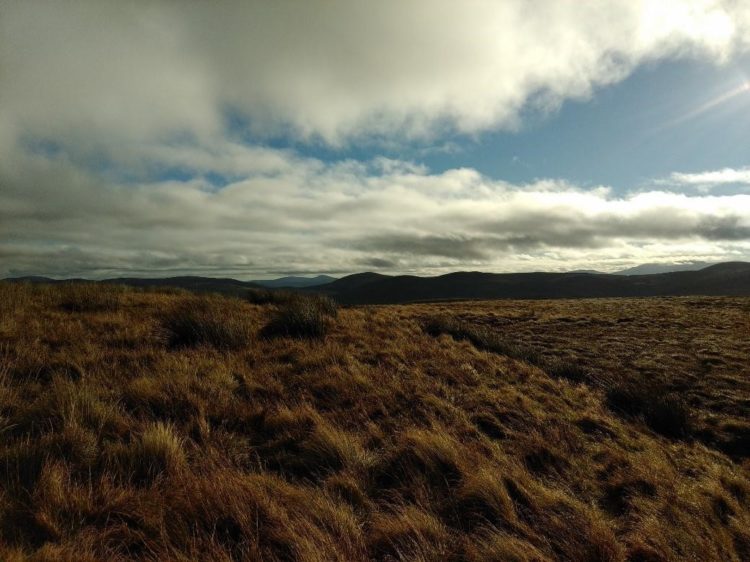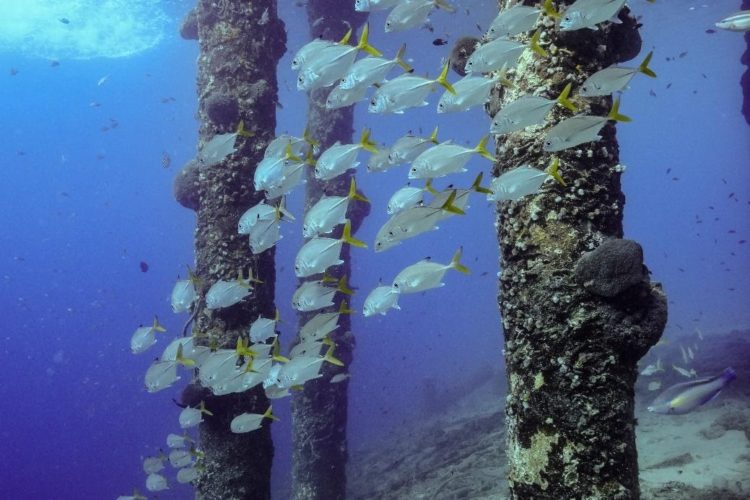Climate change impact greater on marine systems

New international research reveals warming in temperate regions leads to species gains at sea, but not on land.
The research, led by scientists from the Universities of Helsinki and St Andrews and Radboud University in the Netherlands, in collaboration with other international researchers, and published in Nature Ecology and Evolution today (Monday 4 May), focused on linking biodiversity change to temperature change, and on comparing responses between ocean and land.
The study revealed clear biodiversity responses to temperature change in marine systems, where warming coincided with increases in the number of species in most locations. The data also showed that increases in the number of species were more pronounced in warmer areas, where, on the other hand, the numbers of individuals tended to decrease with warming. These increases in the number of species are likely caused by the influx of climate migrants from species-rich warmer regions.
The international team used 21,500 biodiversity time series from temperate regions around the globe from the BioTIME database, measuring the change in the number of species and in the total number of organisms through time. The research team then related these changes with air and ocean temperature changes over the same time periods in each location.

Surprisingly the study did not detect any systematic responses on land, despite a larger increase in temperature, but this is not to say that temperature change is not affecting terrestrial biodiversity. This may be because species on land have wider tolerance and more strategies to avoid warming temperatures compared to ocean organisms. For example, land-based organisms have access to small pockets of suitable climate even if the wider region is warming substantially. However, the findings also suggest that terrestrial species might be lagging behind and not keeping pace with temperature change, which is known as a “climatic debt”.
Lead researcher Dr Laura Antão, from the Research Centre for Ecological Change at the University of Helsinki, said: “We know that biodiversity change is a complex phenomenon, and that temperature is a major factor affecting species distributions and survival. Our study provides a clear picture of the change in the numbers of species and individuals against changes in temperature, where we see mostly gains in the ocean coinciding with warming in these temperate locations. But we also see nuance in the responses, and this is very valuable, as it shows that biodiversity change is not the same everywhere.”
Co-author from Memorial University in Canada, Dr Amanda Bates, comments: “We expected to see marine communities responding faster, but we were surprised that we could not find consistent responses in wildlife living in terrestrial habitats.”
Dr Maria Dornelas, co-senior author from the School of Biology at the University of St Andrews, added: “We knew that climate change is having clear and important effects on the distribution of species. We also knew marine heat waves can cause dramatic die-offs, but we didn’t know its net effect on the numbers of species.”
The researchers note that despite using the largest global database of standardised biodiversity time series, the study focused only on the temperate regions of the globe, since monitoring data from polar and tropical regions remains scarce.

“Our study is only possible by leveraging the effort of countless scientists collecting and sharing their data. It highlights how important it is to maintain and expand monitoring efforts, particularly for areas and groups of species for which we still have very sparse data. As we add more and more pieces describing how ocean and land biodiversity responses are different, further studies are needed to understand what might explain these differences,” continued Laura.
As the world is committed to further warming, with 2020 set to be the hottest year on record, substantial challenges remain in maintaining local biodiversity amongst increased climate-related migration. Quantifying how and where biodiversity is changing is crucial given the urgent need to halt current rates of biodiversity loss.
The paper Temperature-related biodiversity change across temperate marine and terrestrial systems by Laura H Antão, Amanda E Bates, Shane A Blowes, Conor Waldock, Sarah R Supp, Anne E Magurran, Maria Dornelas and Aafke M Schipper is published in Nature Ecology & Evolution and is available online.
Please ensure that the paper’s DOI https://doi.org/10.1038/s41559-020-1185-7 is included in all online stories and that Nature Ecology & Evolution is credited as the source.
Photo captions
- Photo one - Marine landscape in Huinay Research Station, Chile; photo by Dr Laura Antão
- Photo two - Terrestrial landscape in the Scottish Highlands; photo by Dr Laura Antão
- Photo three - Marine habitat, Caranx latus; photo by Conor Waldock
Further reading: IPBES report and UN Sustainable Development Goals.
Issued by the University of St Andrews Communications Office.